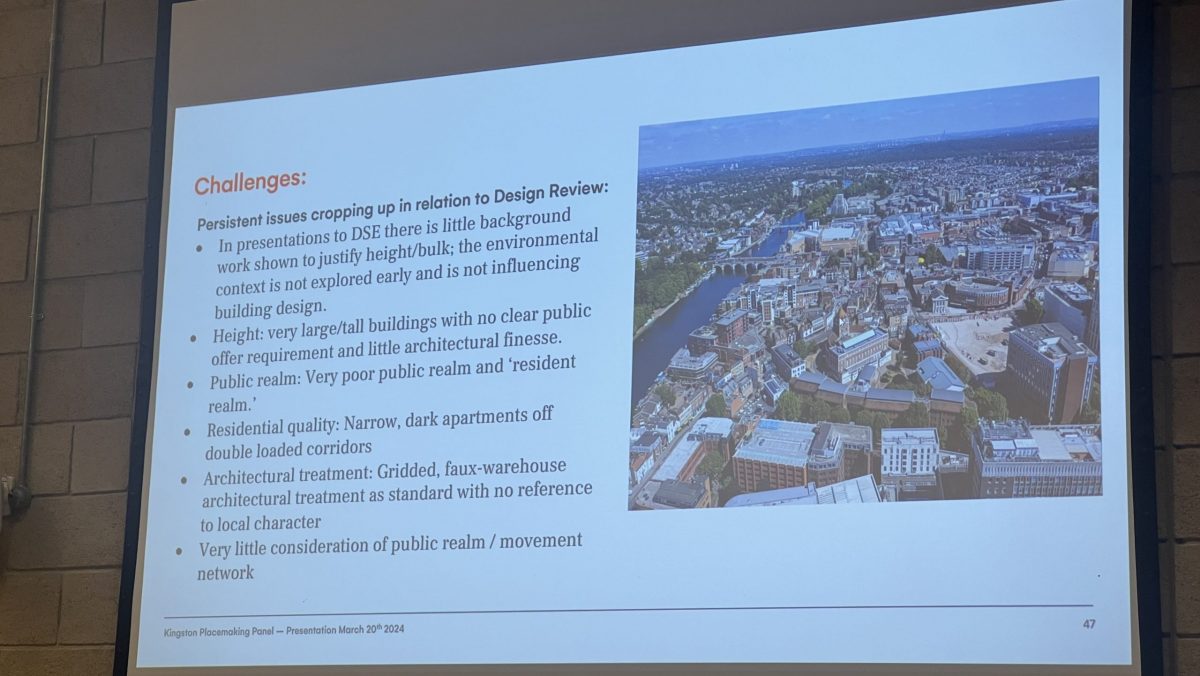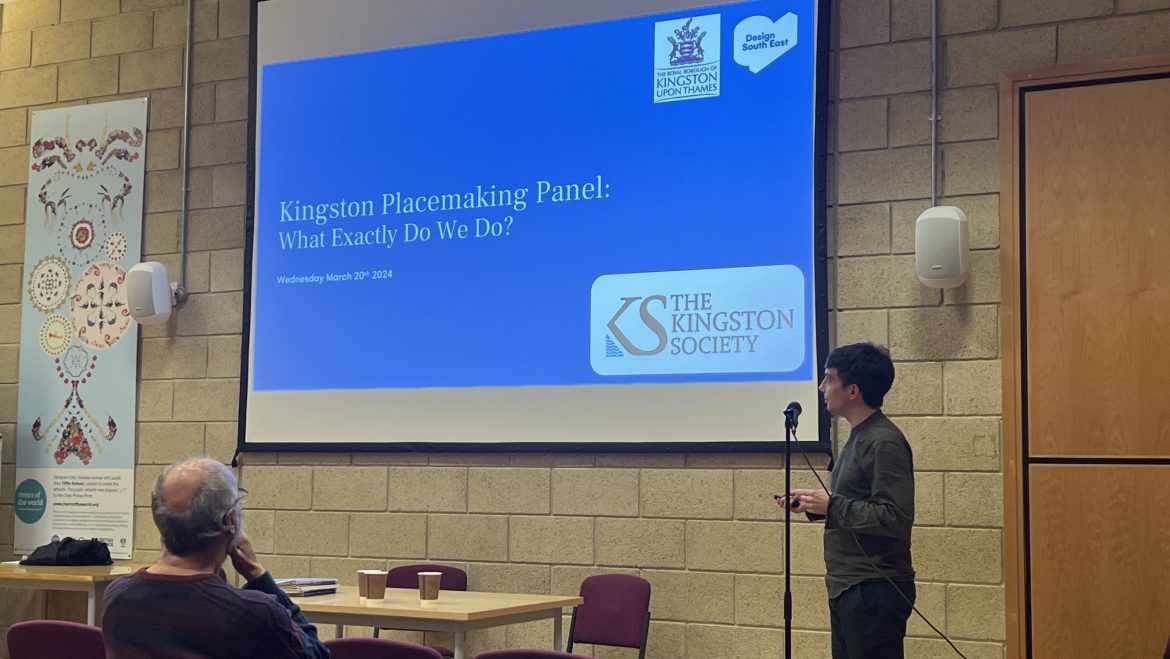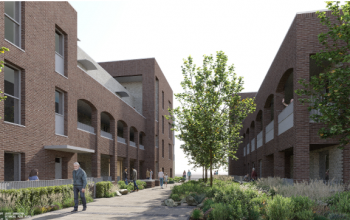The Kingston Society, an independent local organisation, raised concerns about the lack of community involvement in planning design reviews in a public meeting at Tiffin School on March 20.
The public meeting was called to give Design South East (DSE), an independent organisation appointed by Kingston Council, the opportunity to shed light on how the design review system works.
Peter Karpinski of Kingston Society said: “Design review in Kingston is something of a mystery.
“The contract for the Kingston design review service was advertised not so long ago by the council at £460,000 for three years. Although developers now pay for their schemes to be reviewed, our council has led this contract on our behalf and yet we know very little about the service and its impact.”
According to government guidance regarding design process and tools: “Communities can effectively shape both design policies and development through a collaborative process of meaningful participation.
“Early engagement and linking engagement activities to key stages of design decision-making and plan-making can empower people to inform the vision, design policies and the design of schemes.”
Although Kingston Council has appointed DSE to run its Kingston Design Review or Placemaking Panel (KDRP), it does not have a community design review panel that incorporates the views of non-specialist citizens living in areas of development.
Tony Lancaster, chair of Kingston Society said: “I am grateful that we do at least have a KDRP comprising professionals with a range of multidisciplinary skills and independent expertise.
However, he said that the omission of the word ‘community’ from the design review panel was a “serious matter” for him.
“It’s very easy in a community to feel that there’s some people not from here,” said Lancaster.
He said that in a system where planning departments are answerable only to the council and reports by design review panels not readily available, “community review panels address the shortfalls in transparency”.
“This gives the community a real agency in what’s happening to them. So that’s why it’s important that citizens have their voice early on in applications,” he said.
In an article for The Developer, architect Harriet Saddington wrote: “London has the highest concentration of local planning authority-led community review panels in the country but even then, design review panels (formed of industry professionals) outnumber them four to one.”
Saddington said that involving the community in the confidential pre-application stage, “provides an opportunity for a constructive conversation”.
“How about an early conversation with a room full of diverse, demographically representative, local experts who have lived, walked and breathed the site you draw? This is what a community review panel offers so why aren’t there more of them?” she said.
In a presentation on behalf of DSE, Kieran Toms explained how DSE processed planning applications.

He said that DSE was an independent body and was guided by the seven Nolan principles of public life. However, it was not a signatory of the London Design Review Charter (LDRC), which consists of core principles and best practice guidance to review the quality of schemes during development.
When asked about it, he said it was the prerogative of the council to sign up to that charter and not DSE, though it (DSE) did live up to the letter and spirit of the charter in its undertakings.
The presentation was followed by a half-an-hour long Q & A session for members of the public seeking clarification on the issue.

On a question regarding whether DSE could put a percentage on the improvement of design review once it passes through them, Toms said it was hard to put a number on that.
“It’s quite qualitative. I think every scheme is improved to a certain degree, (but) it can really vary,” he said.
Karpinski disagreed saying that there could be a way to quantify reports by using bullet-pointed recommendations.
He said that would be helpful for reviewers to understand and assess the performance of the design reviews rather than going through a long list of documents and reports to reach conclusions.
Toms said that it “was a fair point”. He said one of his takeaways for the night was a suggestion by a member of the public to publish annual reports.
“It would enable everyone to have confidence in the independence and robustness of the process,” he said.
Toms said just as “other local authorities have community review panels”, it was possible for Kingston to have one too.
He said that the Citizens Panel, set up to help create new design guidance for the Kingston town centre area. could have been closer to the objective but had not been turned into a community review panel.
“It’s something that we aspire to do with the council, but currently hasn’t happened yet,” he said.
Kingston Council have been approached for comment.
Passionate about interviewing people to feature their stories and ideas. Currently Features Editor at Kingston Courier.






